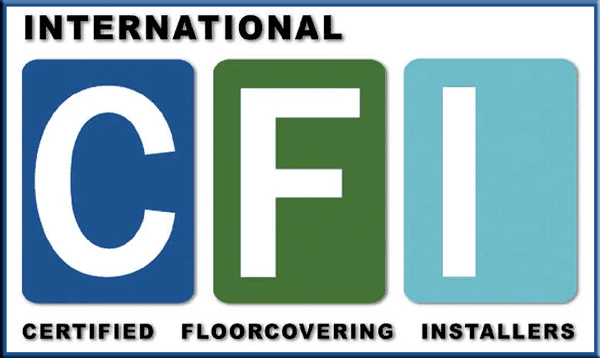History
Cork was initially introduced for flooring in the 1900’s. It became a trend in 30’s and again in the 70’s, but the fad did not continue. Possibly due to the fact that people were not as concerned about the environment and using green products then, as they are today, so there was not much demand for the product. It was not until around the year 2000 that cork flooring reemerged as a popular choice for flooring. At that time, cork tiles were produced which were hard to install, since they had to be glued to the sub-floor using an adhesive. At first, only environmentally conscious individuals were interested, so there was a limited demand. Since that time, cork flooring has been gaining popularity as an environmentally friendly natural product, due to the public’s heightened concern for the environment, which has increased the demand for green products and because of its many advantages to traditional flooring. As such, manufacturers have increased production and come out with a variety of styles, colors, and an easier installation method, making cork flooring here to stay.
Method of Construction
Cork flooring is manufactured by grinding up the bark of the cork oak tree and bonding it together using extreme pressure to create a thick sheet of cork, which is then put into a kiln and baked. Afterwards, it is cut into tiles or planks which are bonded to another layer of high density fiberboard (HDF), which is used for the core. This HDF core is very similar to the core you will find in some engineered hardwood with HDF core and laminate flooring and has a built in click locking system, which enables the planks or tiles to snap together on all four sides and float over the sub-floor or existing floor, so that no adhesive is required. A protective finish of aluminum oxide infused polyurethane is applied over the top of the thick cork layer during production to provide a more durable surface, which is comparable to the ones found on hardwood and bamboo.
Styles
Today, flooring manufacturers have greatly improved modern cork flooring from what it was just over ten years ago. Companies have expanded the look of cork flooring to include various styles, some with beveled edges and a wider array of colors as opposed to the past where it was only offered in a natural color. Stained cork flooring can now be constructed to resemble planks of hardwood flooring with its deep, rich tones or even bamboo flooring, giving customers a huge array of choices. This enables you to enjoy the beauty of hardwood flooring, while reaping the benefits that cork flooring has to offer. Please browse our website to view our complete selection of cork flooring. As always, we are here to serve you at woodwudy.com.
So, if you have need of any additional information about cork flooring, please contact one of our flooring specialists at 1-877-966-3983.
At Woodwudy Wholesale Flooring we are always glad to serve you.


































